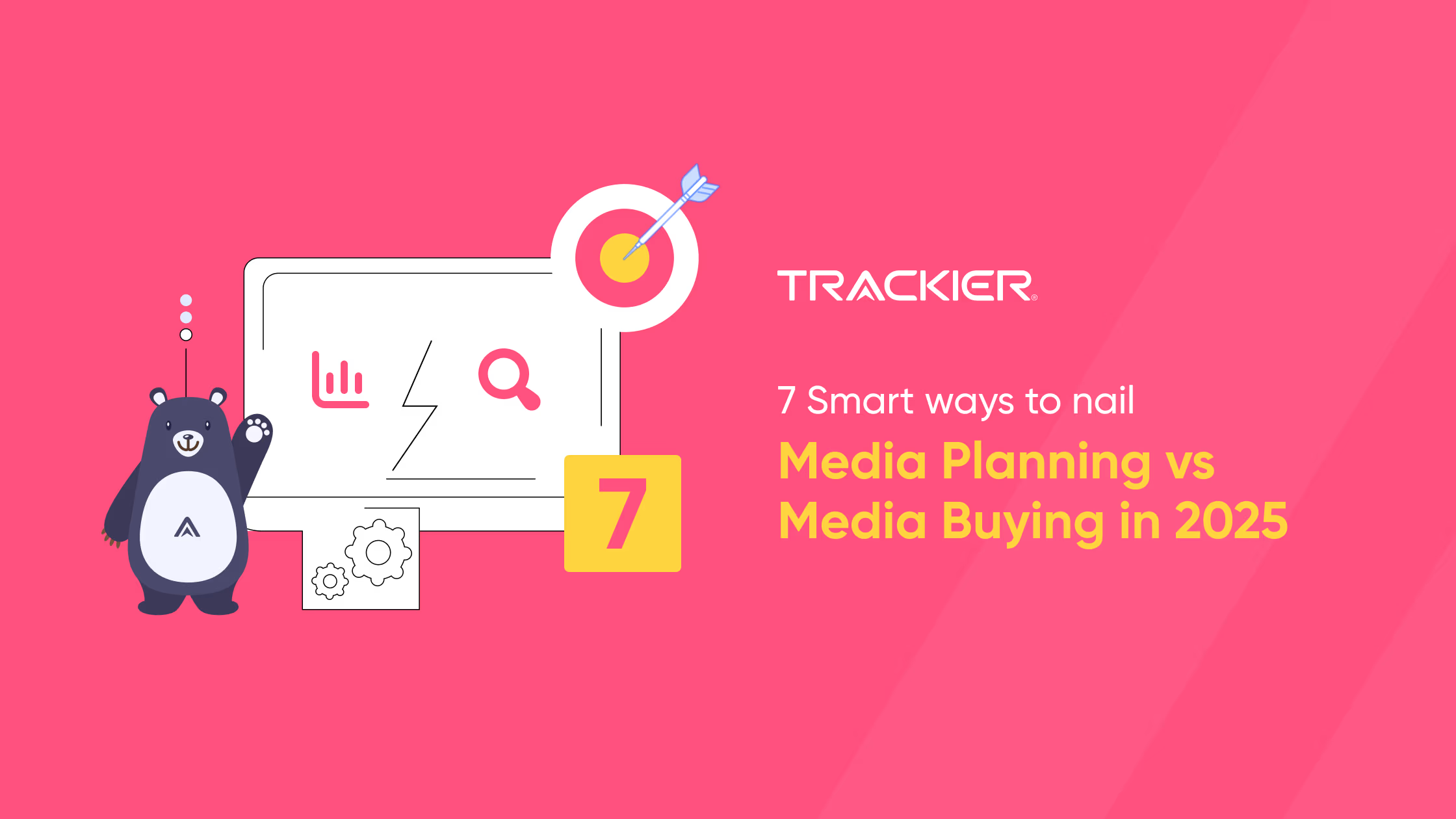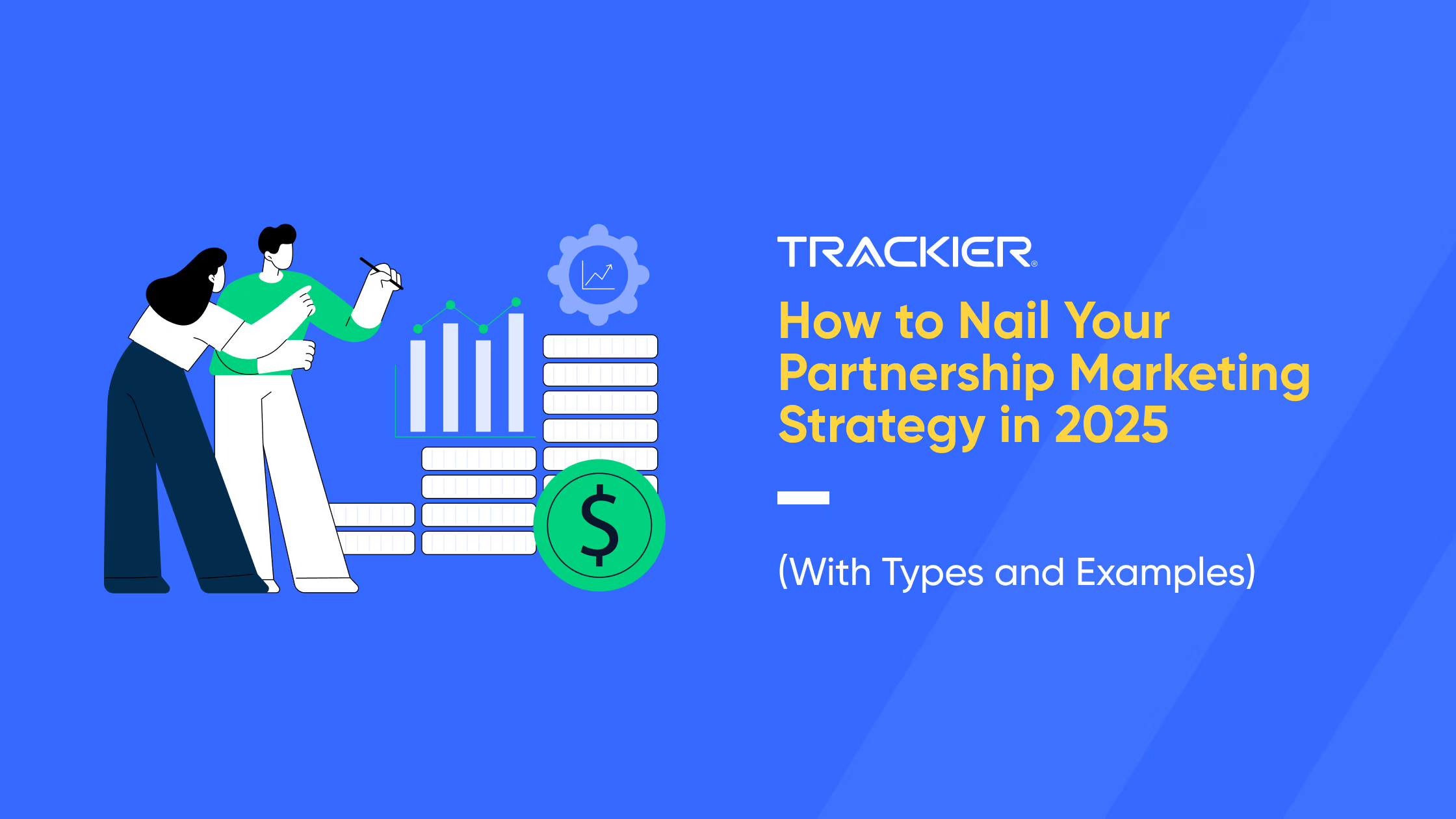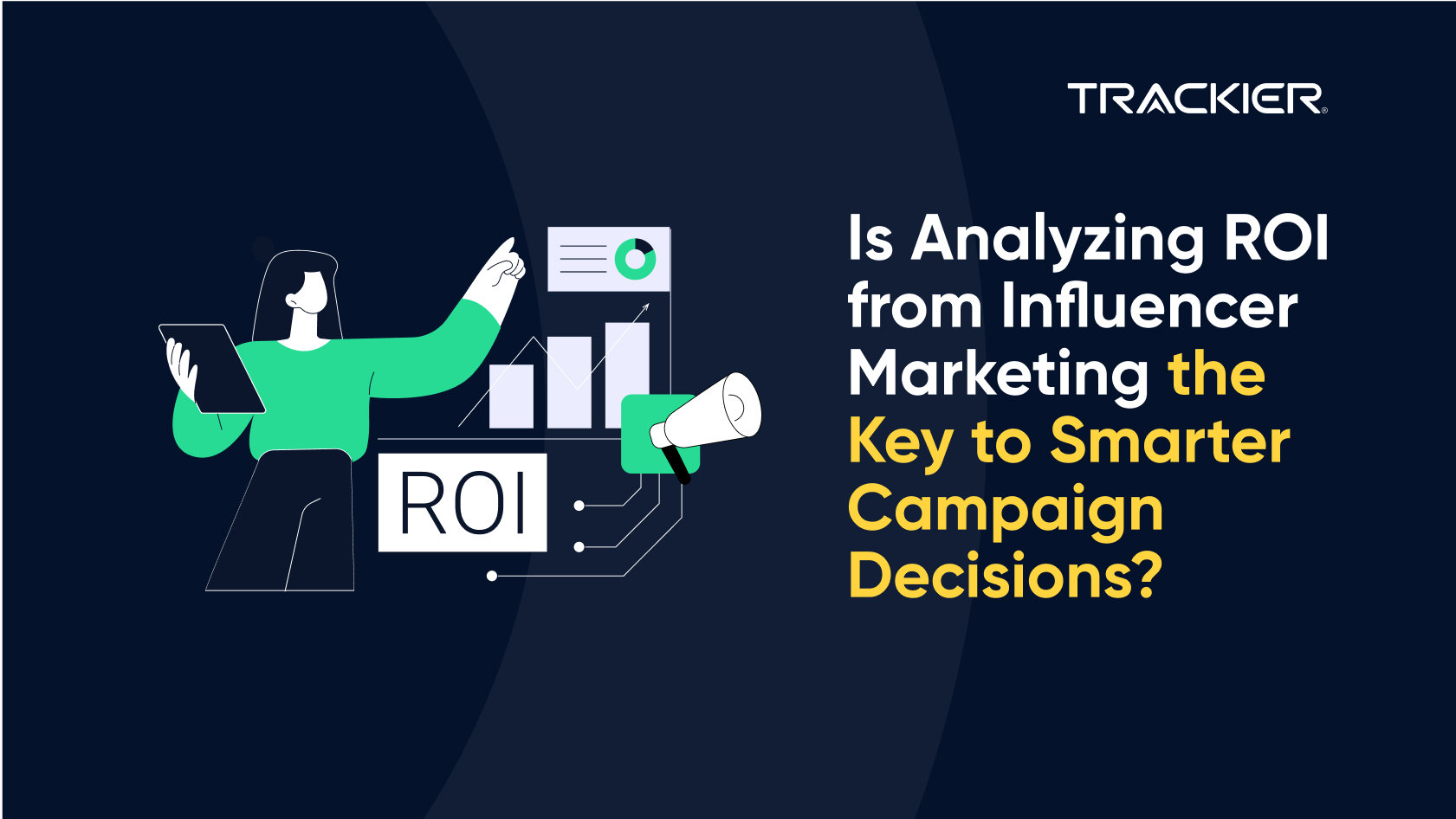Ever wondered how media planning vs media buying affects campaign performance across channels?
You’re in the right spot. In this post, we’ll walk you through what each entails, why it matters, and how to blend them into an out-of-the-box strategy.
From startups to enterprise SaaS brands, mastering media planning and buying can seriously shift your ROI.
What Is Media Planning vs Media Buying?
Understanding media planning vs media buying starts with clarity.
Media planning is the strategic side: mapping the audience, choosing channels, setting objectives, and creating a roadmap. Think of it as the blueprint.
Media buying, on the other hand, is the tactical act of purchasing ad space, negotiating prices, optimizing bids, and executing campaigns.
Together, they form the basis of any well-performing marketing strategy.
Media Planning and Buying Process: Step by Step
Set Clear Goals and Audience Profiles
You kick things off by defining campaign objectives (awareness, lead generation, or conversions) and developing audience personas. Without this, you’re flying blind.
Research Channels and Consumption Patterns
Media planning thrives on data. Metrics like CPM, reach, frequency, channels, and engagement rates all come into play here.
Use tools like Trackier’s dashboard to track performance and fine-tune your channel mix.
Craft Messaging and Creative Assets
Messaging needs to resonate with each persona across selected channels. Give them snackable content for social, detailed decks for LinkedIn, and sleek banner ads for display.
Media Buying: Negotiation and Placement
Your buyer takes over, negotiates with publishers, sets bids, and buys impressions or clicks. It’s tactical, fast-paced, and requires real-time adjustments.
Launch, Monitor, and Optimize
Now you start collecting data. Look at reach, CTR, conversions. Tweak underperforming creatives, adjust bids, and re-allocate budgets where things are working best. That feedback loop is where the magic happens.

Media Planning vs Media Buying: Who Does What?
Now, the real question: “Media Buyer vs Media Planner: What’s the Difference?”
Here’s a quick comparison:
- Media Planner: Vision, channel selection, audience strategy
- Media Buyer: Execution, ad placements, bid management
- Overlap? They collaborate heavily. The planner ensures the map, the buyer ensures you follow the map affordably
Media Planning vs Media Buying – 3 Key Differences
Strategy vs Execution
Media planning is conceptual. Buying is transactional.
Timing and Pace
Planning happens first and may span weeks. Buying is real-time and continuous.
Skill Sets
Planners need research, analytics, and strategic thinking. Buyers need negotiation, technical expertise, and campaign management skills.
Media Planning vs Media Buying: Best Practices 2025
Use Data to Predict Performance
Leverage AI tools and predictive analytics to model campaign outcomes before buy-in.
Test Channels with Small Budgets First
Don’t go all-in on unproven channels. A/B test creatives, formats, and platforms at small scale, then scale winners.
Automate Optimization Loops
Set up rules. If CPA rises above threshold, pause and reallocate to ads meeting target CPA. Automation saves time and fuels efficiency.
Types of Media Buying: Programmatic, Direct, and More
Media buying has evolved way beyond traditional print and broadcast placements.
In 2025, marketers have access to a suite of buying models, each with distinct advantages depending on campaign objectives, audience behavior, and budget flexibility.
Programmatic buying uses real-time bidding (RTB) to purchase ad impressions through automated software, targeting users based on behavior, context, and data signals. This method is fast, scalable, and offers granular control over ad placement, but it also demands tight monitoring to avoid wasted impressions or fraud.
On the other end is direct buying, where marketers purchase ad space directly from publishers. This model is less automated but offers predictability, especially valuable for guaranteed impressions on high-traffic sites or during product launches.
Then there’s Private Marketplaces (PMPs), a hybrid of the above. PMPs are invite-only programmatic environments where premium inventory is available with more control than open exchange buying. These are ideal for brands seeking a balance between automation and brand safety.
Social media ad buying (e.g., Meta Ads, LinkedIn Ads, TikTok) has now carved its own lane. These platforms offer native bidding systems where you can target audiences with first-party data. Great for B2B and hyper-targeted campaigns.
Retail media networks like Amazon Ads or Walmart Connect are also rising fast. These allow brands to advertise directly at the point of purchase, providing not just visibility but purchase intent targeting.
In 2025, combining these methods into an integrated buying plan gives you the best shot at reach, cost-efficiency, and real conversions.
Aligning Teams: Agency, In-House, and Hybrid Structures
Who handles your media buying and planning can significantly impact performance, flexibility, and speed to market. In 2025, we’re seeing more fluid team structures across agency, in-house, and hybrid models.
Agencies bring industry expertise, access to premium inventories, and media buying tools at scale. They’re often best for companies with complex, multi-region campaigns. Agencies also help consolidate reporting and attribution across channels, especially when you’re juggling offline and online media.
In-house teams, however, are gaining popularity. Marketers are building internal squads to manage planning and sometimes buying, especially when brand voice, agility, or data privacy is critical. In-house setups tend to move faster but require investments in tech stacks and talent.
The hybrid model, often the most common today, splits responsibilities. Strategy and creative stay in-house while execution is outsourced. This ensures speed and flexibility, while keeping core messaging on-brand.
No matter the model, the key is alignment. Teams should share performance dashboards, run regular syncs, and work off a single campaign calendar. Collaboration tools like Trello, Notion, or Trackier’s platform dashboards can streamline workflow and reporting. When planners and buyers work in silos, media inefficiencies creep in fast.

Media Planning vs Media Buying Tips for 2025
With media buying evolving, it’s all about how you plan and optimize ads, more than where you buy them.
These 2025-centric strategies will help you stay sharp and future-ready.
Optimize frequency capping: Bombarding users with the same ad five times in a row is a great way to get ignored. Set frequency caps across platforms to avoid fatigue while keeping your brand top-of-mind.
Test with micro-budgets: Before launching a full-fledged campaign, run small-scale experiments across multiple platforms. This helps identify winning creatives and audience segments, reducing waste and increasing performance.
Leverage cross-device attribution: Today’s users bounce between mobile, desktop, and tablets. Use tools that can track the full customer journey across devices to truly understand what’s working.
Automate campaign rules: Use automation to pause underperforming ads, raise bids for top converters, or reallocate spend based on custom conditions. This keeps your campaigns efficient without constant manual input.
Include offline touchpoints in planning: If your brand invests in events, radio, or print, ensure they’re integrated into your digital attribution strategy. Use promo codes, QR codes, or direct URLs to measure lift.
Incorporate contextual targeting: With cookie deprecation underway, contextual advertising is making a comeback. Serving ads based on page content, rather than personal data, is privacy-safe and effective in certain verticals.
Future-ready media buying is about flexibility, insights, and full-funnel visibility. The more interconnected your planning and buying processes are, the more efficient your spend becomes.
Want to brush up on key terms? Explore our Performance Marketing Glossary to get clear definitions for essential concepts like CPL, ROI, and programmatic buying.
Your Next Steps
Media planning vs media buying is so much more than just a technical difference. It’s a strategic division of labor that, when managed well, can create massive growth opportunities across industries and company sizes.
If you’re just starting out, begin by auditing your current campaigns. Are your planners and buyers aligned? Are there gaps between strategy and execution? What platforms are you buying on, and are they the best fit for your audience?
Then build a roadmap:
- Step 1: Assign clear roles. Identify who owns planning, who owns buying, and who oversees attribution
- Step 2: Centralize your campaign data. This could be a spreadsheet, a tool like Trackier, or a custom dashboard
- Step 3: Run a pilot campaign that blends both. Plan strategically, buy smartly, then track outcomes end to end
Don’t stop at impressions. Your media strategy should answer questions like: ‘What did we spend, where did we show up, and what did it return?’
Sign up for our Linkedin newsletter to get monthly tips for smarter performance marketing.
Frequently Asked Questions
1. What is the difference between media planning and media buying?
Media planning is the strategy phase where you decide who to target, where, and when. Media buying is the execution, actually purchasing and placing the ads based on that plan.
2. What is the difference between a media buyer and a media planner?
A media planner sets the campaign roadmap using data and audience insights. A media buyer follows that roadmap to place ads, manage budgets, and optimize performance in real time.
3. What is the media buying and planning process?
It’s a continuous cycle that includes setting goals, researching channels, creating assets, buying placements, and then analyzing performance to improve future campaigns.



